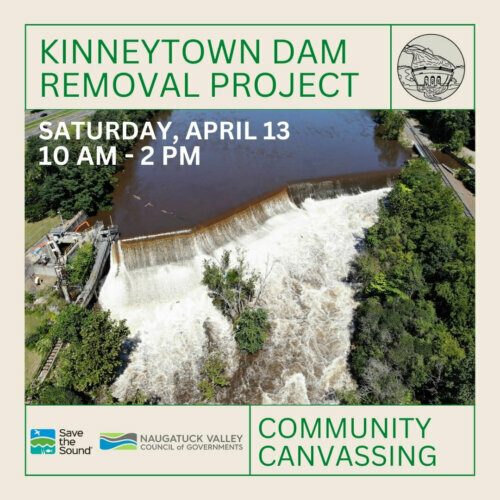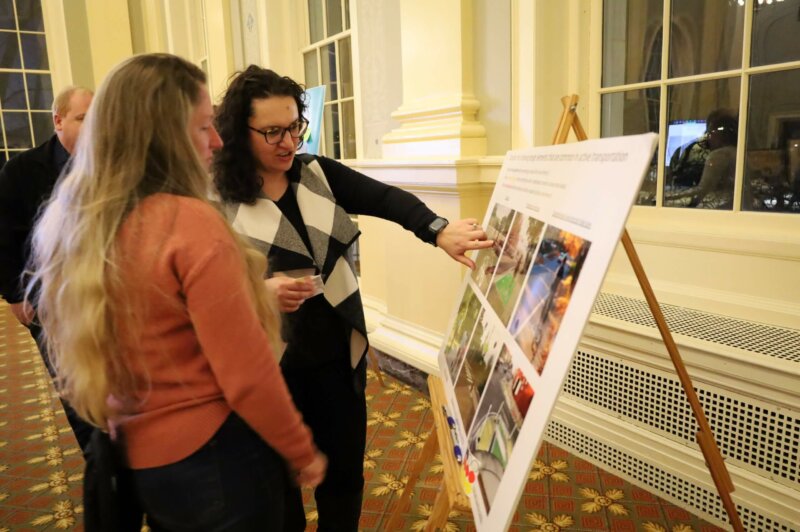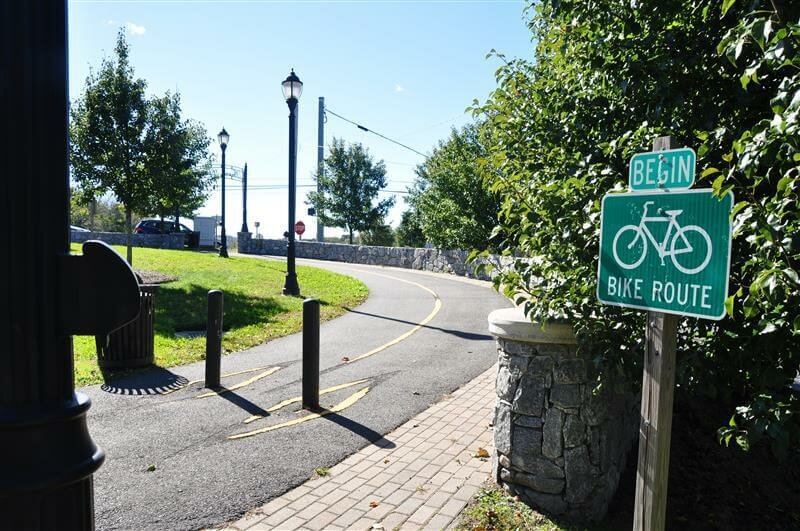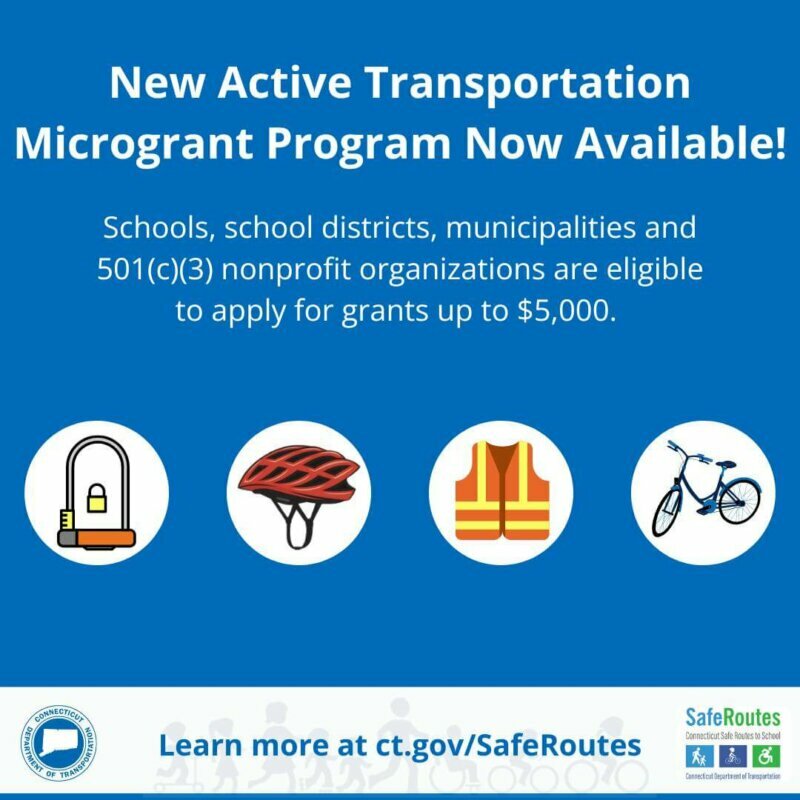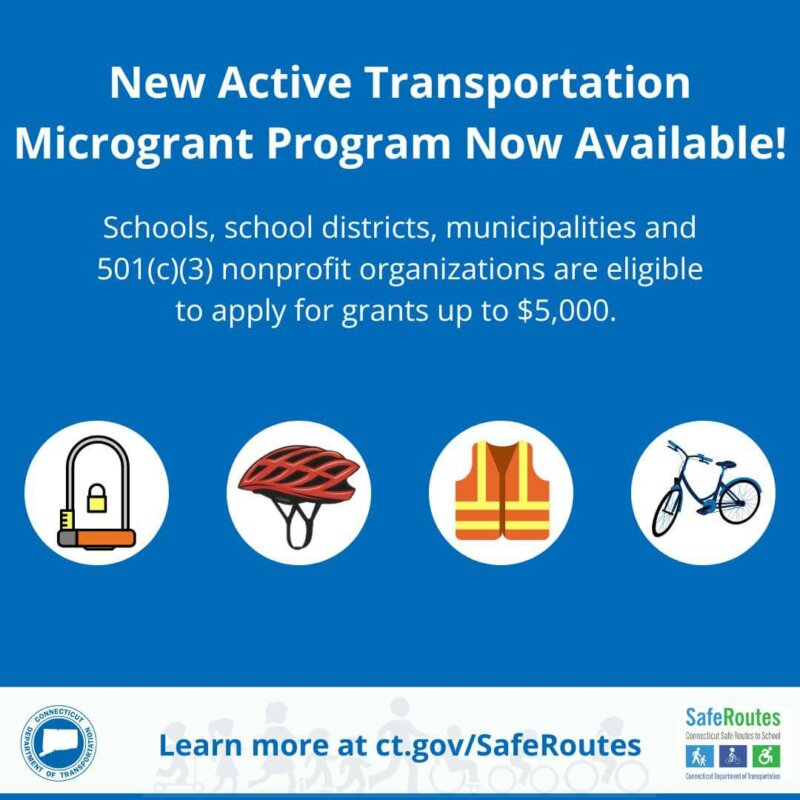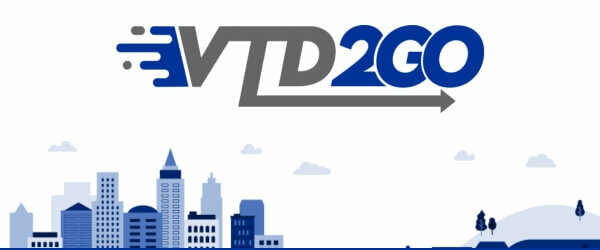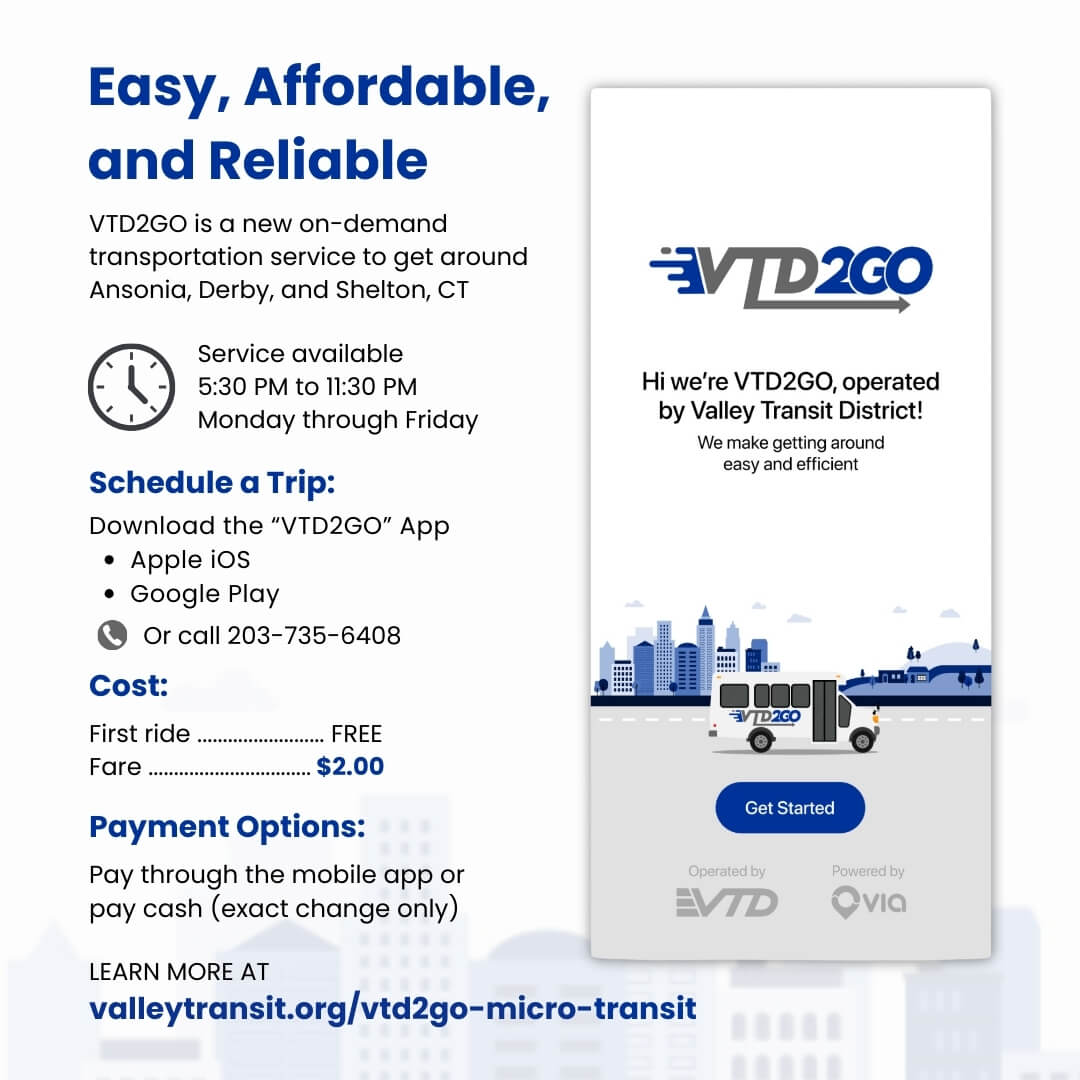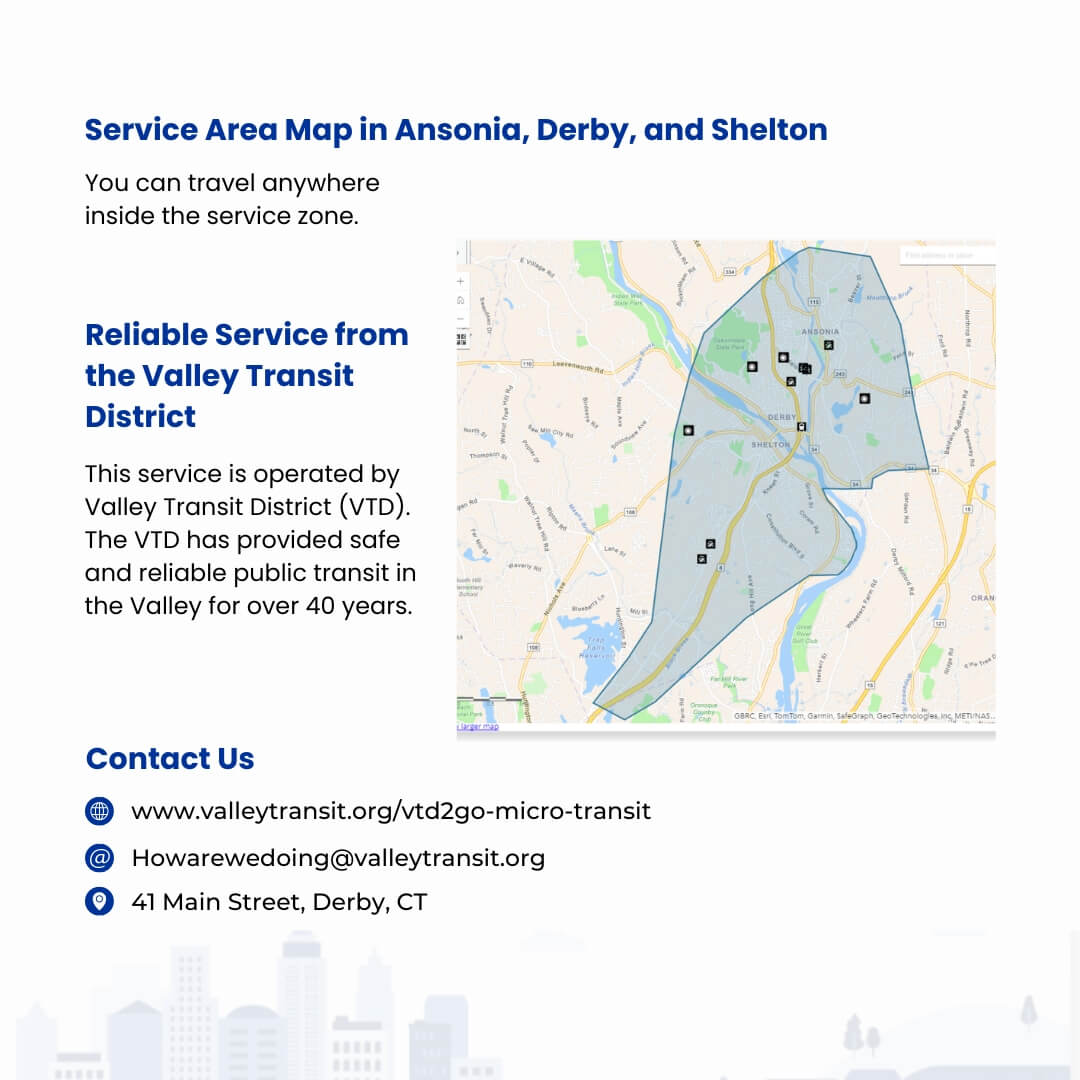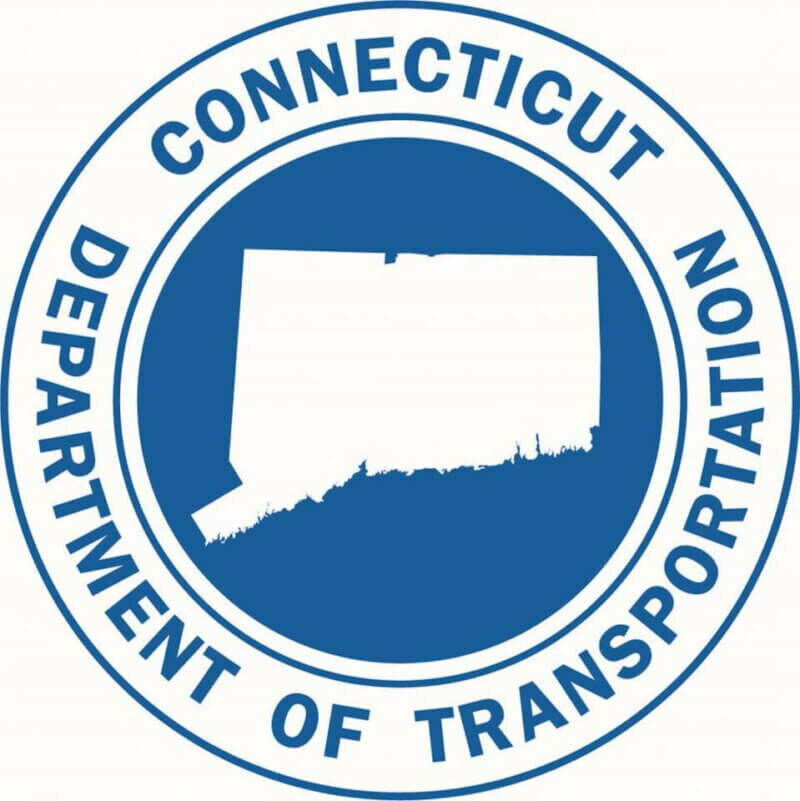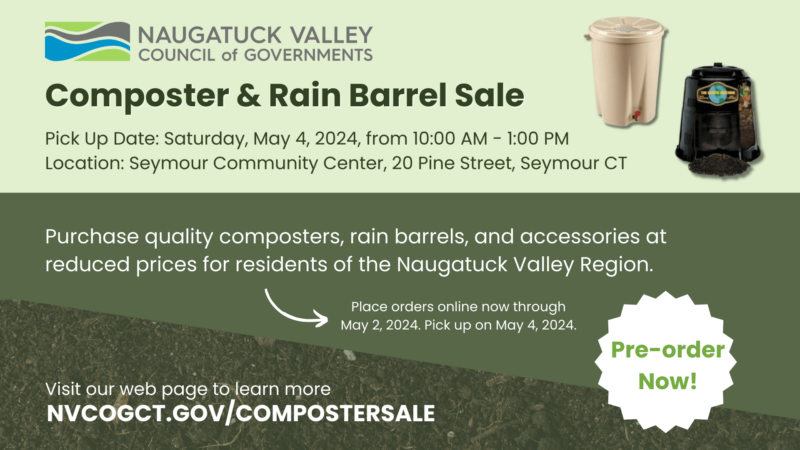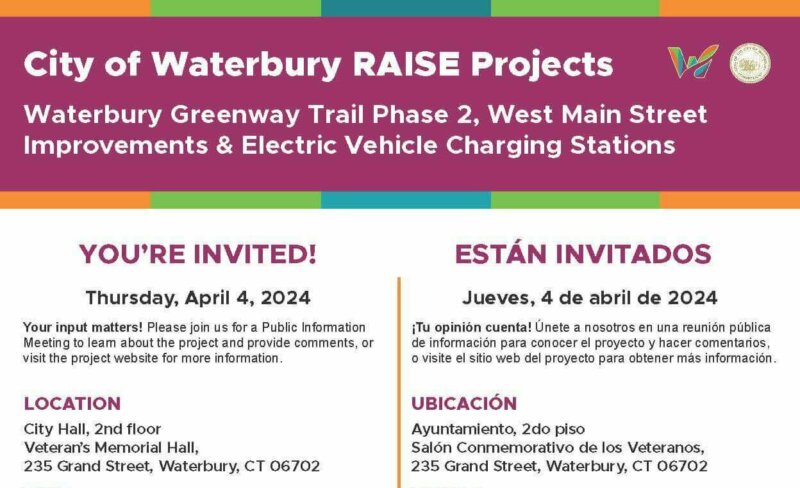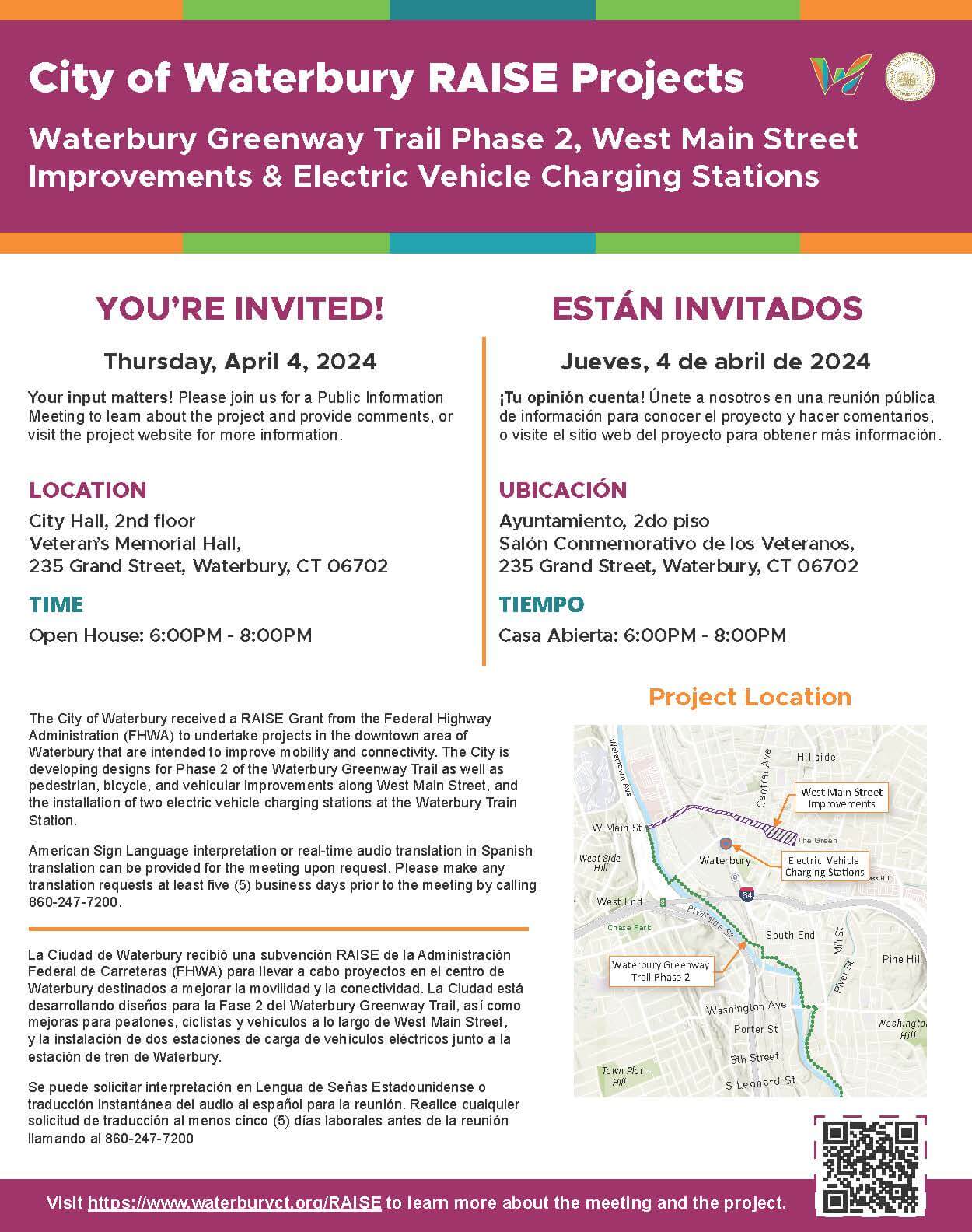Household Hazardous Waste and Paint Collection Scheduled for Saturday, April 27 in Ansonia
Do you have paints, cleaners, and other chemicals in your home that you need to dispose of? The Naugatuck Valley Council of Governments (NVCOG) and participating municipalities will sponsor a Household Hazardous Waste (HHW) and Paint Collection event on Saturday, April 27, 2024. The collection will take place from 8 a.m. to 2 p.m. at the Ansonia Public Works facility, located at 1 North Division Street, Ansonia, CT 06401.
The collection is open to residents of the following communities: Ansonia, Beacon Falls, Bethlehem, Derby, Middlebury, Naugatuck, Oxford, Prospect, Seymour, Southbury, Thomaston, Waterbury, Watertown, Wolcott, and Woodbury. There is no charge to residents. Proof of residency, such as a driver’s license, tax bill, or other identification, is required for entry. There is no need to line up before the 8 a.m. start time.
Hazardous waste consists of poisonous, flammable, and corrosive materials that are harmful to human health if not disposed of properly. The only waste that will be accepted is hazardous waste produced by households. Materials generated by a commercial enterprise or non-profit entity will not be accepted. A full list of acceptable and unacceptable materials can be viewed at nvcogct.gov/hhw.
Examples of wastes that will be accepted include: oil- and latex-based paints and stains, thermometers and thermostats containing mercury, drain and oven cleaners, upholstery cleaners, wood cleaners, strippers and varnishes, pesticides, poisons, pool and photo chemicals, automotive cleaners and fluids, gasoline and motor oil, grease and rust solvents, aerosols, and metal polishes.
Items that will not be accepted include: auto batteries, propane tanks over 1 lb., compressed gas cylinders, asbestos, smoke detectors, explosives, radioactive or medical waste, grout, joint compound, lead paint chips, and empty containers of any kind. Aerosol containers will not be accepted unless they contain a non-paint chemical. Empty aerosols that contain food products can be recycled. Full or partially full spray paint, full or partially full food products, and empty chemical aerosol containers can be placed in the trash. The contractor reserves the right to reject additional materials.
Up to 50 lbs. of residential waste will be accepted per vehicle. Residents should leave materials in the original container whenever possible. When arriving at the collection site, residents must remain in their cars at all times. Trained waste handlers will remove materials from the cars.
Unacceptable materials will be returned or left in the vehicle and information, if known, will be provided on how to dispose of them. For further information, please contact hhw@nvcogct.gov or call (203) 757-0535.


